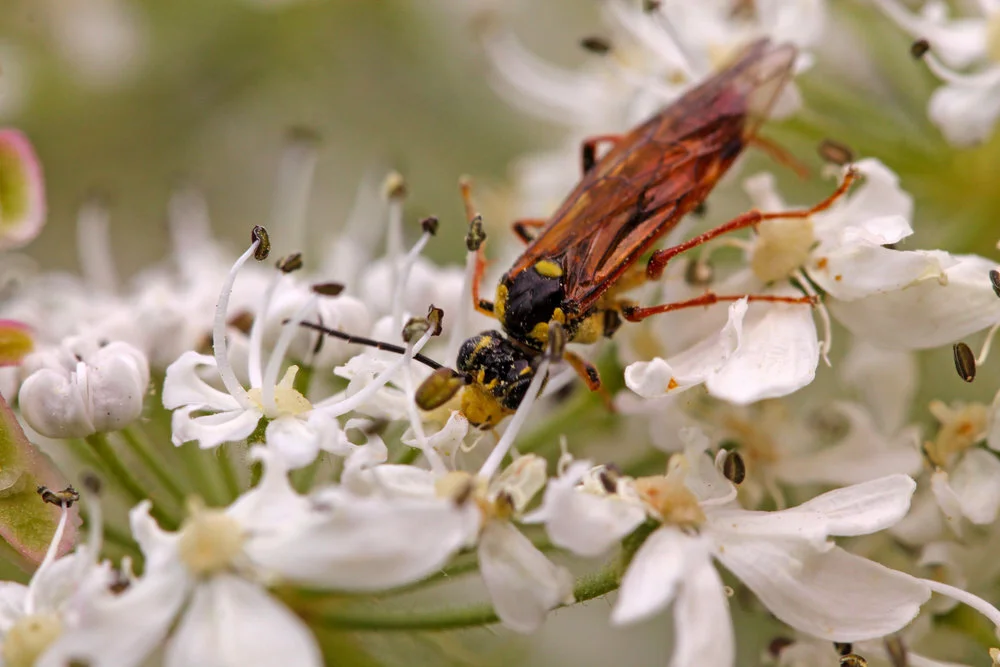The Maui parrotbill is a Hawaiian honeycreeper that is critically endangered as a result of habitat degradation, mosquito-borne illnesses, and feral predators such as cats, mongoose, and rats. This one is in a facility called the Keauhou Bird Conservation Center that specializes in emergency bird conservation. (Image © Jared Bernard)
Last month an article in Yale Environment 360 described a new trend in conservation biology called compassionate conservation. Click here to read it. The label seems redundant, because as the article points out, conservationists generally regard themselves as compassionate. Essentially this is an attempt to protect native species from extinction without killing non-native species, which people have introduced and which are jeopardizing the survival of the native species. Compassionate conservationists recognize that all animal individuals are sentient and thus reason that they cannot ethically be killed in the name of protecting an endangered species.
I have to admit, I myself have a difficult time killing animals, even collecting insects for my studies as vouchers, or in the process of reducing the populations of damaging alien species. When I was on the Big Island of Hawaiʻi I was involved in the study and control of invasive Puerto Rican coquí frogs. These little guys are extremely cute, so I didn't want to kill them. Nevertheless, they are highly invasive to ecosystems. In their home range of Puerto Rico, their populations and behaviors are limited by natural predators and parasites, but in Hawaiʻi there is nothing to restrict them. Similarly, feral cats, rats, pigs, and mongoose are incredibly detrimental to populations of critically endangered honeycreeper birds in Hawaiʻi. If the ultimate goal of conservation is to preserve biodiversity, then conservation strategies must involve means of removing the threat posed by invasive species, or at least controlling these threats if they are too entrenched in the landscape to completely remove them. Occasionally this can include trapping and relocating, but not often, particularly with small numerous organisms such as weeds and insects. Therefore, conservation work unfortunately usually requires killing as many of these highly impactful invaders as possible -- like repelling cockroaches in your home. But this doesn't sit right with many people. Not only do many members of the public not want to kill creatures like coquí frogs or cats, but many times the invasive species are ingrained in the local culture. In Hawaiʻi, the highly damaging ungulates like pigs, goats, and sheep are now inextricably meshed with the local hunting culture. So even if people believe the ungulates are invasive, they would rather have sustainable hunting than protect endangered species. Likewise, this article on Undark.org shows how people are refusing to control the feral horses in Australia's Kosciuszko National Park despite evidence that the horses are damaging critical peatland habitat and threatening the endangered species that live there.
Proponents of compassionate conservation admit that a conservation strategy which does not try to control such invasive animals will ultimately result in a compromised ecosystem. In the above article, they suggest that these invaders may have utility in "novel ecosystems." However, if the feral animals listed above are not controlled, the compromised future ecosystem will not include the honeycreeper birds, such as the Maui parrotbill, nor other disappearing native Hawaiian species, because they will be destroyed.
If we decide to leave invasive species in place (as was suggested by Lugo and Helmer in the journal Forest Ecology and Management in 2004), then what is the purpose of trying to protect any endangered species, or preventing species from becoming threatened? They are often imperiled at the hands of habitat degradation. On top of that, they often must contend with foreign species that people have intentionally or accidentally released into their ecosystems, some of which are predators, some are competitors, some are disease vectors, and some are plants that reshape the very structure of the ecosystem. Already we are fighting to understand Earth's biodiversity as it disappears. We have the ability to mitigate at least some of the loss. If we do nothing, biodiversity, such as the Maui parrotbills, will be needlessly lost.







